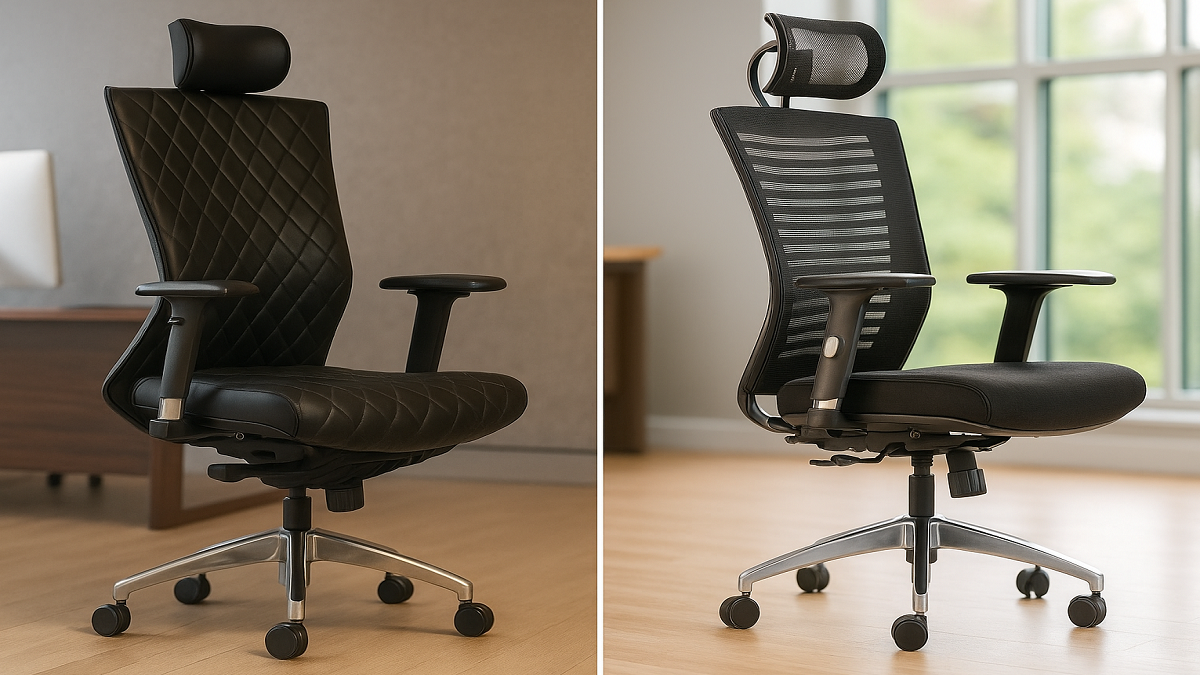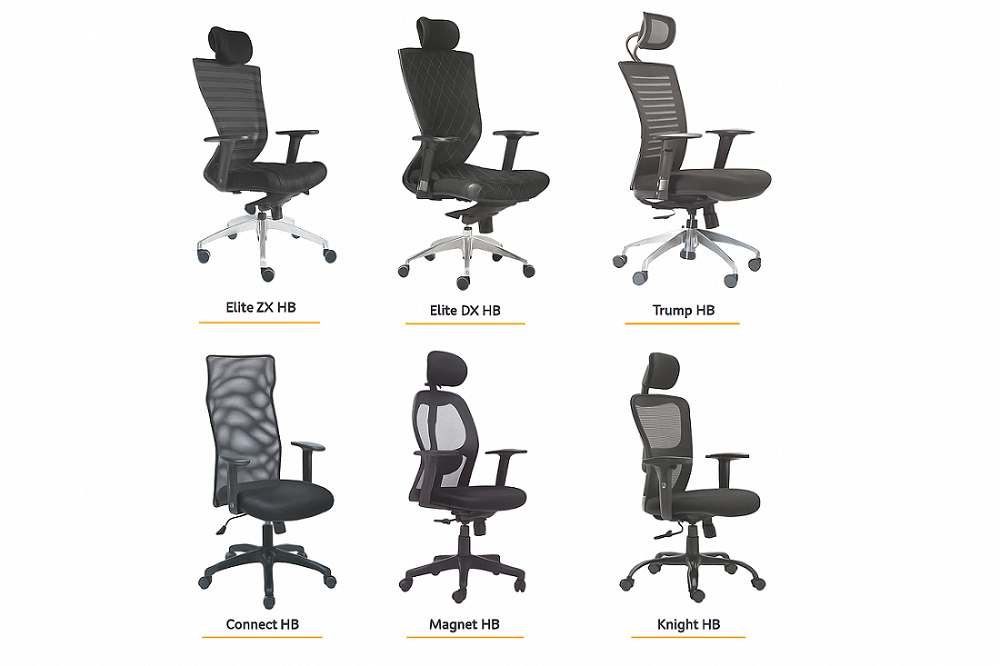In the vast landscape of furniture design, few pieces command attention and offer the same blend of comfort and gravitas as the high back chair. More than just a place to sit, it is an archetype that has evolved through centuries, embodying notions of status, relaxation, and ergonomic support. From grand throne rooms to modern executive offices, the high-back chair remains a perennially popular choice, offering a unique fusion of aesthetic appeal and practical benefits.
What Defines a High-Back Chair?
At its core, a high-back chair is characterized by a backrest that extends significantly above the sitter’s shoulders, often reaching the head or even higher. This extended backrest is not merely an aesthetic choice; it serves a crucial functional purpose by providing comprehensive support to the entire spine, neck, and head.
A Brief History of Elevated Seating
The lineage of the high-back chair can be traced back to ancient times, where raised seats and thrones were symbols of power and divinity.
- Ancient Origins: Early forms of high-backed seating can be seen in the elaborate thrones of pharaohs, emperors, and monarchs. These were not designed for comfort in the modern sense but to elevate the sitter, literally and figuratively, above others, signifying their supreme authority.
- Medieval and Renaissance Eras: During the Middle Ages and Renaissance, high-backed chairs became more commonplace, particularly within aristocratic households. Often crafted from solid wood, intricately carved, and sometimes upholstered with rich fabrics, they continued to denote status and provided a degree of protection from drafts in large, drafty halls.
- The Age of Enlightenment and Beyond: The 18th century saw the emergence of more refined designs, with an increasing emphasis on comfort. Styles like the Queen Anne and Chippendale chairs often featured elegant high backs. The Victorian era brought about heavily upholstered and ornate high-back chairs, mirroring the period’s love for opulence and comfort.
- The Modern Era: The 20th century, with its focus on ergonomics and functional design, revolutionized the high-back chair. It transitioned from being solely a symbol of status to a vital tool for productivity in office settings and a luxurious addition to contemporary homes.
The Allure and Benefits of the High-Back Chair
The enduring popularity of the high-back chair is no accident. It offers a multitude of benefits that cater to both physical well-being and aesthetic preferences:
- Superior Ergonomic Support: This is arguably the most significant advantage. The extended backrest provides continuous support from the lumbar region all the way up to the head and neck. This comprehensive support helps maintain proper spinal alignment, reduces strain on the back and shoulders, and can alleviate discomfort during prolonged sitting.
- Enhanced Comfort: With full back and head support, high-back chairs invite a sense of relaxation and ease. Many modern designs incorporate features like adjustable lumbar support, headrests, and recline mechanisms, further enhancing comfort.
- Aesthetic Presence and Statement: A high-back chair inherently commands attention. Its imposing stature makes it a natural focal point in any room. It can convey a sense of gravitas, sophistication, and even luxury, depending on its design and materials.
- Symbol of Authority and Prestige: Whether in a corporate boardroom or a home office, a high-back chair is often associated with leadership and importance. It can subtly convey a sense of professionalism and authority.
- Versatility in Design: High-back chairs are incredibly versatile in terms of design. They can range from traditional, ornate styles to sleek, minimalist contemporary designs, fitting seamlessly into various interior aesthetics.
- Privacy and Enclosure: The high back can offer a subtle sense of enclosure and privacy, making the sitter feel more secure and focused, particularly in open-plan environments.
Where You’ll Find High-Back Chairs Today
High-back chairs are ubiquitous in various settings:
- Office Environments: Executive high-back chairs are a staple in boardrooms, private offices, and home offices.
- Living Rooms and Libraries: As accent chairs, reading chairs, or part of a formal seating arrangement, high-back chairs add a touch of elegance and provide a comfortable spot for relaxation or quiet contemplation.
- Dining Rooms: While less common for everyday use, some formal dining sets feature high-back chairs to create a grander, more traditional ambiance.
- Recreational Spaces: Recliner high-back chairs are popular in home theaters and dedicated relaxation areas, offering ultimate comfort for leisure activities.
Choosing the Right High-Back Chair
When selecting a high-back chair, consider the following:
- Purpose: Is it for an office, a living room, or a specific task?
- Ergonomics: For prolonged sitting, look for adjustable features like lumbar support, armrests, and recline.
- Material: Options range from leather (durable, luxurious), fabric (comfortable, wide array of colors), mesh (breathable, modern), to wood.
- Style: Ensure it complements your existing decor – traditional, modern, contemporary, industrial, etc.
- Size: Make sure the chair’s dimensions are appropriate for your body size and the room it will occupy.
In conclusion, the high-back chair is much more than just a piece of furniture; it is a testament to the enduring human desire for comfort, support, and a touch of grandeur. Whether chosen for its ergonomic benefits in a demanding work environment or its commanding presence in a stately living room, the high-back chair continues to sit proudly as a timeless icon in the world of design.
Visit Us in Agra
Furniture House Group
# Address: [G-5, Kamla Nagar, Bypass Road, Agra, Uttar Pradesh, 282004]
# Contact: [+91 9758273215]
# Website: [furniturehousegroup.com]
# Open: Monday – Sunday, 10:00 AM to 8:00 PM
# Close: Tuesday


